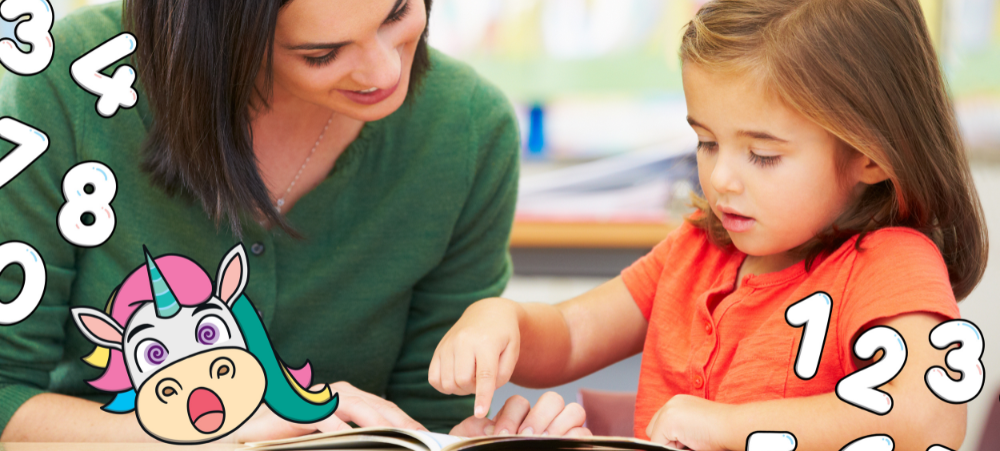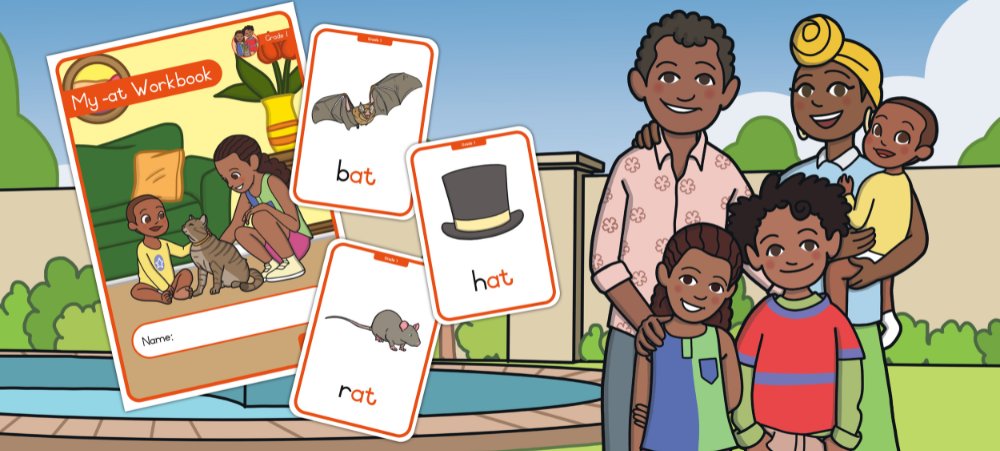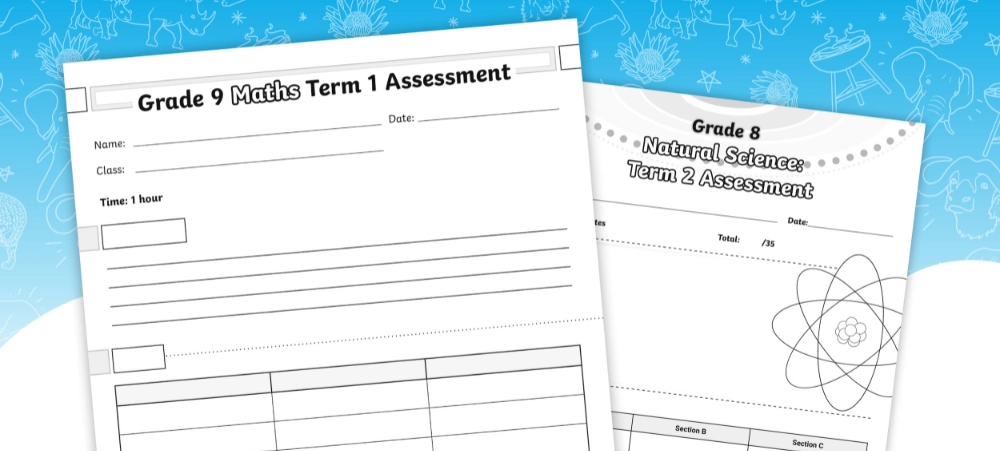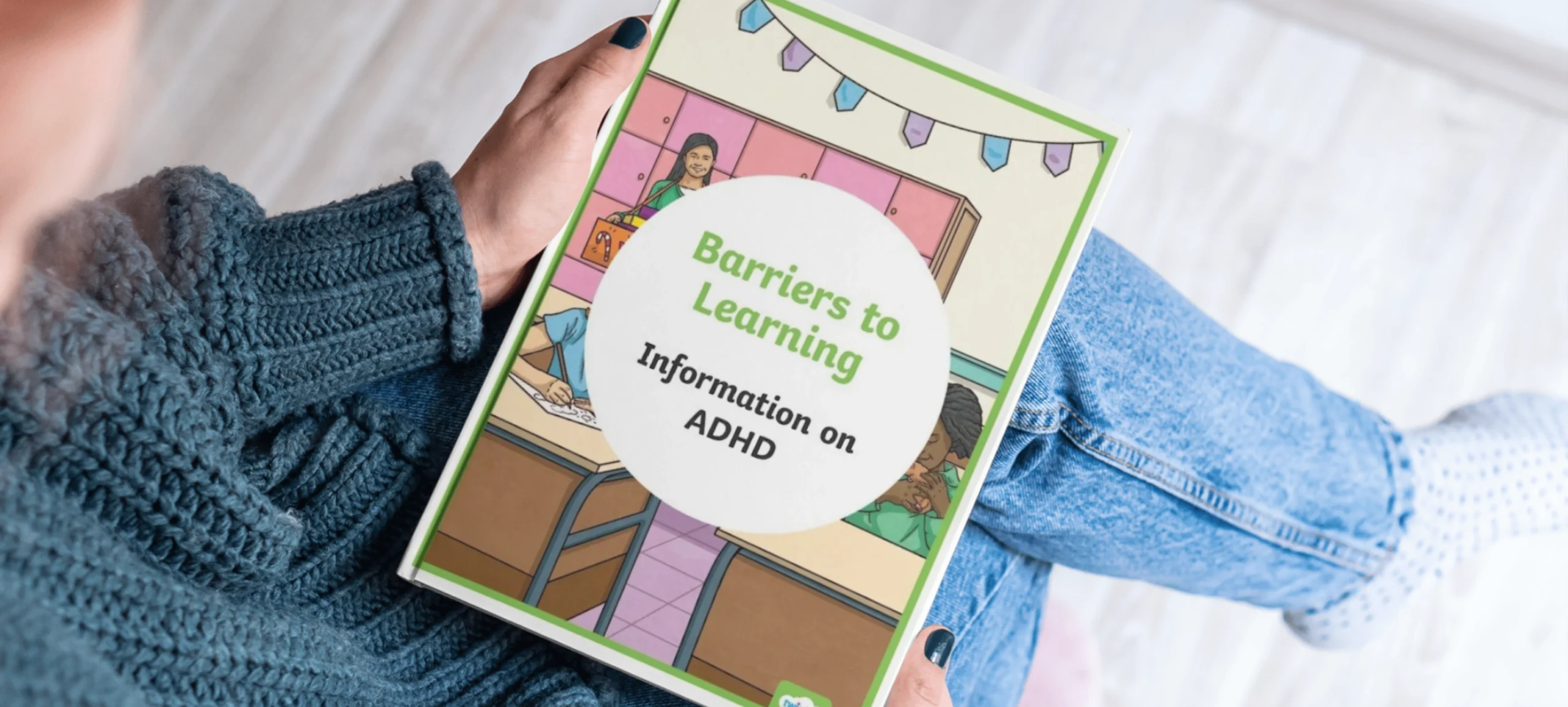
How to build up your child’s confidence in maths
It’s a common experience… your child sits down to work on Maths homework but very quickly becomes visibly stressed, frustrated, or upset. For many kids, doing Maths can seem like a daunting task, even a scary one. And while many do overcome it, some of us carry this Maths anxiety with us for much of our lives. If you’re looking to help your child reduce their Maths anxiety, we have a few suggestions. Be Empathetic to Maths Struggles Empathy can go a long way. Whether it’s because you experienced similar struggles as a child or watched someone else struggle, making your child feel like they’re not alone can help ease their stress. When kids hear that others in their lives faced similar challenges it can help them to feel understood and a little more confident to tackle the task in front of them. Teach Them to be OK with Making Mistakes Learning to be OK with making mistakes is distinct from addressing the emotions that bubble up with failure. Once your child is no longer feeling overwhelmed, helping them to feel OK with making mistakes is all about showing them that mistakes are often how learning happens. We often remember our mistakes more clearly than the times we didn’t need to struggle at all. Identifying where we went wrong is one of the best ways to learn how to get to the answer or solution on your own. Understanding the path it took to get something right means committing to memory the path to success. Tip: Try pointing out something that was previously hard for your child and is now easy because they figured out their mistakes and practiced until they got it. For example, learning to ride a bike, practicing a sport, or an earlier Maths concept. Explain the Importance of Finding (And Filling) Gaps Lastly, very often the cause of Maths anxiety is the fact that earlier concepts weren’t mastered. Gaps in foundational knowledge create a shaky foundation for more challenging concepts. Particularly, if children don’t do well in Maths at an early age, it can have a cumulative effect. At Kumon, we focus on mastery. We start students off at a comfortable starting point, which can sometimes mean starting on material that is below their current grade level. Current struggles might be top of mind for parents and the kids themselves, but often the solution to current struggles is filling in gaps in knowledge of earlier concepts. If a child never fully mastered addition, multiplication, division, and other foundational concepts, they are likely to hit a wall when more complicated concepts are introduced. Enrol In a Maths Programme to Help Them Practice and Master their Skills Enrolling your child in an additional Maths study programme (such as Kumon) can help them fill those gaps as they consistently practice their Maths skills. While school studies march on, often leaving a child feeling overwhelmed and increasingly left behind, a supplementary programme can provide additional practice in key concepts and allow them sufficient time to truly master a concept before progressing to the next. This additional support can often help a struggling child to catch up, become confident and finally succeed in a previously dreaded subject. Maths anxiety is a condition that can be very detrimental to a child’s long-term school success, causing them to feel inadequate, not smart enough or even a failure. Anxiety can cause a child to get into a negative reinforcement cycle that perpetuates their feeling of inadequacy. When Maths work comes up they feel anxious because they don’t understand the work. This anxiety causes their brains to become confused or shut down which then prevents them from thinking logically or rationally and reinforces the experience that “I can’t do Maths!” So, in conclusion, it is important to notice how your child feels about their Maths work and to identify Maths anxiety as early as possible. Then, if you notice this occurring, take every step possible to address the anxiety and to enable your child to overcome, feel confident and believe in themselves. The Kumon Maths programme helps children of all ages and ability levels to develop maths skills and a love of numbers. To find out more about what Kumon has to offer, visit www.kumon.co.za This article is courtesy of the Kumon North America website* * https://www.kumon.com/resources/how-to-build-up-your-childs-math-confidence/








































